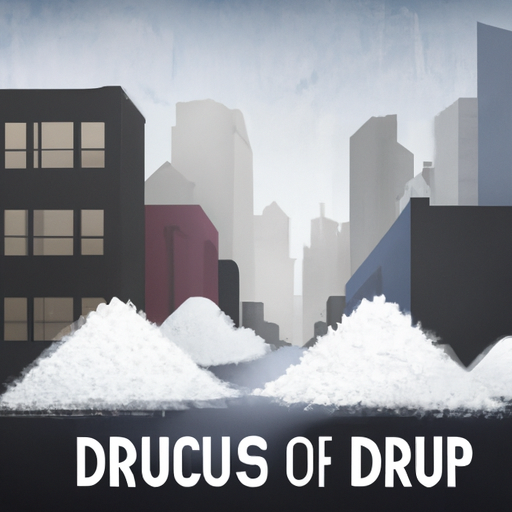Unmasking the Opioid Crisis Devastating Canada
The mounting opioid crisis in Canada has reached an alarming rate, creating destructive ripples across communities and disrupting the very threads of our society. The crisis, that has been particularly distressing in Calgary, has had profound effects, pulling in its wake the alarming rise in criminal incidents, a surge in homelessness, and a loss of lives that shakes our nation to its core. View the grim statistics revealed in this video.
The Unseen Fallout Of The Opioid Crisis
In the past few years, we have seen a surge in drug-related crimes in communities across Canada, but more so in Calgary. There has been a noticeable increase in break-ins, petty theft, and public nuisances — telling signs of a city caught in the clutches of addiction. Compounding the issue, Calgary’s homeless population has shown an upward trend. The lack of sustainable social programs has compelled many battling opioid addiction to remain unassisted on the streets.
The Human Cost Of The Opioid Crisis
But beyond the crime rate and the issue of homelessness, the raw human toll is most haunting. In 2019 alone, close to 16,000 Canadians lost their lives to opioid-related overdoses. The tragedy has besieged countless families and left communities grappling with the pain of sudden loss.
Pivotal Measures In Place
In the midst of this tumult, several initiatives have been put in place in an attempt to douse the raging storm of the opioid crisis.
- Firstly, the Canadian government has procured a significant number of Naloxone kits. Naloxone is a life-saving drug that can swiftly reverse the effects of an opioid overdose. So far, the government has distributed free Naloxone kits to those at risk of opioid overdose as well as their family members.
- Second, there’s the ongoing Canadian opioid abatement class action. This lawsuit seeks to hold pharmaceutical companies accountable for the misleading information they provided about the safety of opioids. The hope is that, through these proceedings, we collectively can demand change in pharmaceutical practices and perhaps even secure some degree of justice for the countless victims of this crisis.
Coordinated Efforts, A Beacon Of Hope
Notwithstanding these efforts, the opioid crisis continues to strain resources, testing the resilience of social systems, healthcare services, and law enforcement agencies. The current data paints a grim picture, highlighting the urgent need for a more aggressive, comprehensive response.
There remains an urgent need for a consolidated response: one that combines improved education about pain management and drug use, increased investment in social support structures, and more accessible treatment strategies. Alone, these initiatives show promise, but together they can create a much-needed front in this ongoing battle.
In Summary: A Call To United Action
The opioid crisis has cleaved open a wide gash within Canadian society, unveiling grim realities of addiction, crime, and homelessness, particularly vivid in Calgary’s landscape. However, in the midst of this crisis, we can find hope. The distribution of Naloxone kits and the ongoing opioid abatement class action speak volumes of the efforts being taken to combat the crisis. Yet, there remains an urgent need for a more comprehensive, integrated approach, reinforcing the role of education, infrastructural support, and wide-ranging treatment strategies that navigate the complexities of opioid addiction.
Now is the time to rally. The horrors of the opioid crisis continue to remind us of the imperatives of mutual responsibility and collective action. Let us, as civic and community leaders, marshal our resources, initiatives, and intent in this crucial battle to save lives and foster a safer, healthier future for all Canadians.
